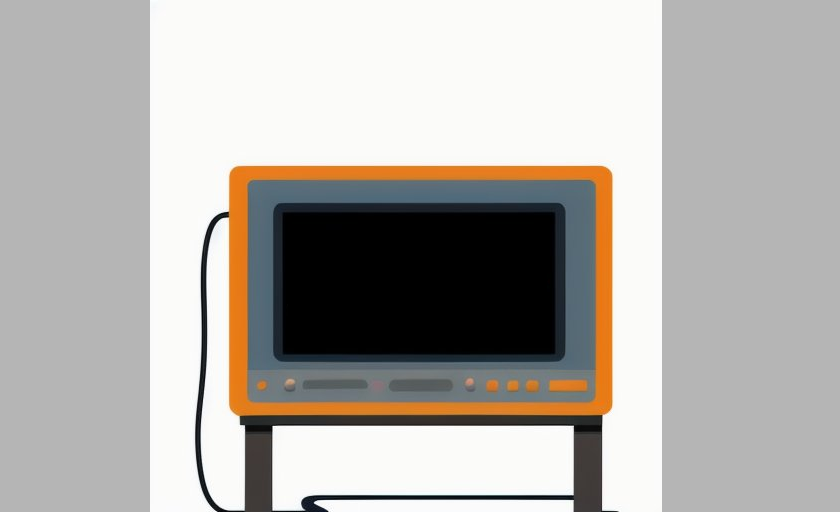Emulation Entropy
The Pitfalls of Technology Imitation and How It Increases Complexity Now and in the Future

"Emulation offers an alternative solution to migration that allows archives to preserve and deliver access to users directly from original files. This technique attempts to preserve the original behaviours and the look and feel of applications, as well as informational content. An emulator, as the name implies, is a programme that runs on a current computer architecture but provides the same facilities and behaviour as an earlier one."

Expert stakeholders also argue that emulation is the only way to capture what the DPC calls "the authority" on the object, which they suggest is the original environment the object was rendered in. This makes emulation a particularly strong approach for preserving complex media content like video games, who's rapid development frequently renders older formats obsolete. Significant properties of a video game that may drastically affect how it is interacted with may be rooted directly in the environment in which it was originally intended to be played. That's also not to mention that it may be, and often is, impossible to render the game at all without emulating its original console environment. One factor that often characterises situations where emulation is intuitively the best strategy to preserve an object is the ephemeral nature of its significant properties. In a 2015 blog post, David Rosenthal offered the excellent example of Jan Robert Leegtes "Scrollbar Composition", a browser-based art piece that is entirely reliant on mechanics that have long-since been changed or removed entirely from modern software. This case perfectly encapsulates the factors that, in certain cases, make emulation the only truly precise way of capturing a digital object. Images aren't sufficient, sources describe the individual scrolling elements of the piece to "jump around randomly" and "independently of a user", and if there was any contextual dependence in the piece (randomly generated numbers or response to user input, for example) even a video would not be able to capture the original experience.
In cases other than video games, where the pace of obsolescence might not be quite so drastic, emulation also has an advantage in its depth of its coverage. Computer programmes, for example, are dependent on the operating system and critical software like coding languages. These elements tend to have much longer and deeper support cycles than media like video games, so reliant programmes generally only suffer issues related to obsolescence after far greater timescales. The upshot of this is that an archivist could deploy a single emulation environment that could allow them to authentically reproduce a wide variety of unique filetypes and objects. The same is true with complex media like video games to a lesser extent, since one emulator will generally be able to handle at least one entire generation of games (or one slice of the zeitgeist, as it were).
A Double-Edged Sword.
The strength of emulation can also be a danger: it's ability to cover a broad selection of filetypes with a small selection of emulation environments is somewhat offset by the development and technical resources needed to create each of them. In comparison to normalisation, which uses best-practice guidance to extrapolate best-case strategies out of (typically) already existent resources, emulation could require specific design and development work each time a new emulation environment is required. Each of these environments requires its own support and maintenance, lest they eventually devolve to black boxes that cannot be understood by its users. This is only compounded by any additional dependencies leveraged by the environment. Without very careful management, the quality, efficacy, or functionality of an emulation tool can suffer. Moreover, it's dangerously easy for emulation tools to face the same issues as the obsolete content it aims to reproduce and even possible for an ill-supported emulation solution to not even significantly increase the lifetime of a volatile object.
At the time of writing his blog post on emulation, David Rosenthal shared a software tool that would help facilitate the easy dissemination of emulated browser-based content exactly like the piece "Scrollbar". Unfortunately, the provided link to view "Scrollbar" using the mentioned tool has since become defunct, along with all other publicly accessible links that I could easily find to pieces that were supposedly viewable using this tool. While there is information available suggesting this software tool was in use and nothing to directly suggest it has become obsolete, though unfortunately software obsolescence often implies a quiet demise, this is a worryingly apt example of the fundamental question that can undermine emulation: how long can you stave off obsolescence? While the tool in question may be in use privately, clearly it has proven unfit for purpose in each of the public examples I have identified. The content is completely inaccessible, where common objects like images, text and video from the same sources are still perfectly understandable. In the case of "Scrollbars", I am unable to find a public working example of the original piece, but there are plenty of images. The use of this emulation tool may not have even doubled the public accessibility lifetime of this implicitly transient artwork.
Saves the past, costs the future?

The increased complexity of emulation as a strategy also impacts its storage and compute costs, and by extension the environmental efficiency of the approach. Emulation necessitates that you store not only the preserved content itself, but also the emulation environment. This increased storage requirement entails higher costs, or reduction of the total content you can preserve in your collections. Accessing and using an emulation environment is also implicitly a more computationally expensive process than simply directly rendering a derivative object in a general repository. Not only does this increase your costs over the long term, it also reduces interoperability by making your objects more difficult to access and use without specific tools, and creates a whole lot more complexity in your access system. This all comes together to potentially improve the quality of
elements of your collections, at a cost to the total content you can preserve.
The Pursuit of Properties.

Ultimately, proponents believe that emulation as a digital preservation strategy can capture more of the (or the most valuable) significant properties that comprise an object than other strategies. As we've discussed, this certainly can be the case in situations like video games where complex, novel files that cannot reasonably be preserved using alternative strategies like normalisation are typical. Unfortunately, though, the complexity of these cases also means that it's usually not possible to capture absolutely all the critical significant properties that might have a serious impact on our perception of an object. As a highly simple example, a video game developed for CRT screens viewed from a modern LCD could look fundamentally different from the original experience; in some cases, to the extent that a faithful recreation designed specifically to capture the analogue visual idiosyncrasies of a CRT set in software may provide a more accurate representation of a video game than an emulated copy of the true original viewed through a modern LCD. This begs the question, is the cost of emulation worth the potential benefit when it is impossible to contain all the properties that precisely characterise an object? Would it be more productive to recreate obsolete artefacts like art-pieces using new technology, instead of investing in emulation of the original, to better preserve the access experience? These questions precipitate intensely complex debates that cannot be solved in blog posts, no matter how verbose.
Emulation: A Valuable Asset in Your Preservation Toolkit, but not a Panacea.
Despite the disbenefits, emulation clearly has its advantages in the depth of significant properties it is able to capture as a digital-preservation strategy and is a useful approach to have in the toolkit of any digital curator. That being said, owing to the technical complexity, cost and reduced interoperability, it's likely not the most efficient strategy to apply to the bulk of your collections. It could be valuable to create a specific hybrid approach when designing your archives, with clear guidelines identifying objects suitable for emulation. With a synergistic preservation plan with multiple strategies taken in to account, you are able to take advantage of emulation to capture complex, volatile formats like video games while still being able to rely on simpler, leaner approaches like normalisation for the bulk of more-common content. This gives you the benefit of deeper, richer captures of potentially significant content while reducing costs and complexity, all while improving interoperability and accessibility. The critical thing to always keep in mind is that there is no silver-bullet or one-size fits all approach in digital preservation, and we should always strive to develop better guidance and processes that improve the reliability and accessibility of collections.
As always, be sure to explore some of the more detailed material on emulation and related concepts linked below from fantastic sources like the DPC to get a more detailed perspective:
Emulation and Virtualisation as Preservation Strategies, David Rosenthal.
Preservation Action Strategies, Digital Preservation Coalition.
Follow us
